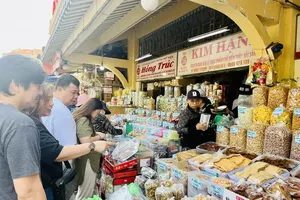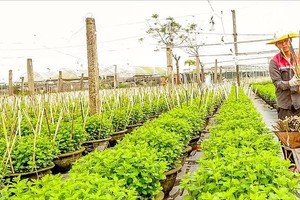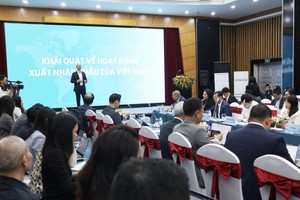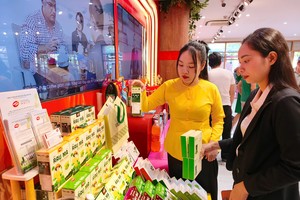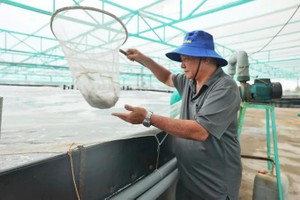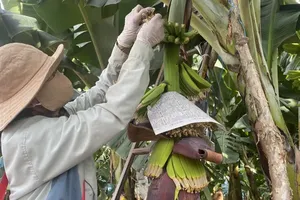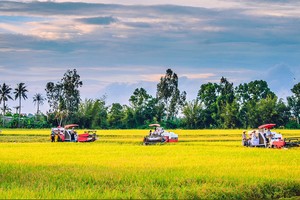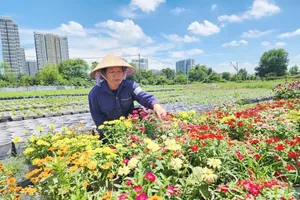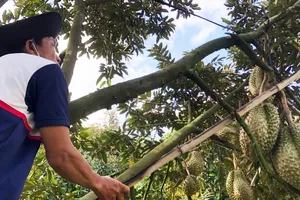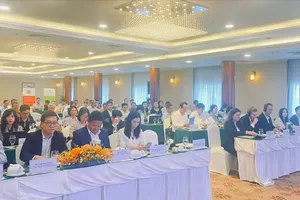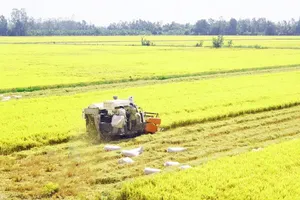Cam Lam District in Khanh Hoa Province, a key mango-producing area in Vietnam’s South Central region, is facing a troubling pattern that Australian mangoes are showing erratic yields and fluctuating prices, creating financial uncertainty for local farmers. The recurring cycle of “good harvest, low price” and “good price, poor harvest” is generating deep concern within local mango growers.
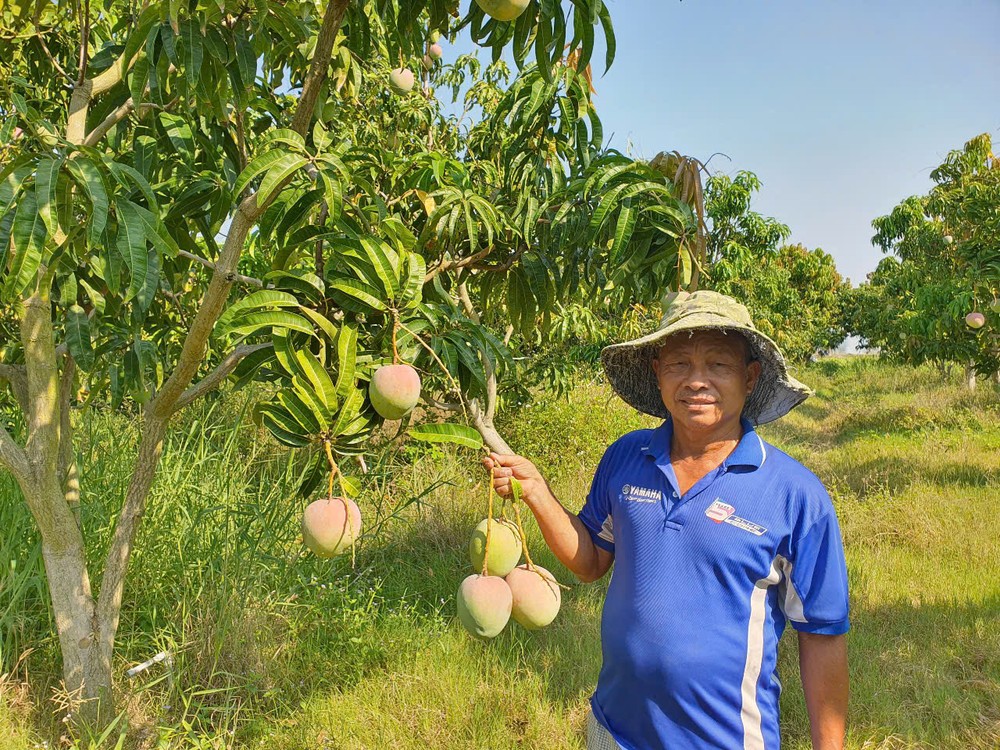
Cam Lam District currently cultivates around 7,000 hectares of mangoes, with Australian mangoes making up approximately 4,500 hectares and yielding an annual output of 20,000 to 30,000 tons. This year, prices for Australian mangoes have plummeted to a record low—starting at just VND3,000 per kilogram—resulting in significant financial losses for many growers.
According to the Cam Lam District People’s Committee, this sharp decline of the fruit is attributed to reduced demand from the traditional Chinese market, which has scaled back purchases amid rapid expansion of its own mango production. Additionally, Cam Lam’s Australian mangoes now face increasing competition from other domestic mango varieties in both price and quality.
Due to unfavorable weather this year, approximately 1,800 tons of Australian mangoes in Khanh Hoa Province are currently unsellable. The crop failed to meet standards for output, quality, and appearance.
Deputy Director Huynh Tan Hai of the Department of Industry and Trade of Khanh Hoa Province said that the department has been reaching out directly to distributors and supermarkets to help move the mangoes. Currently, one supermarket chain is buying 40 tons of mangoes weekly. The department plans to continue connecting local farmers directly with other distribution businesses and mango processing facilities.
Fundamental solutions for Australian mangoes
Deputy Director Le Van Hoan of the Department of Agriculture and Environment of Khanh Hoa Province attributes the low prices and consumption challenges of Australian Cam Lam mangoes—along with export market difficulties—to weaknesses in the domestic purchasing and distribution system. When supply is concentrated within a short time frame, the system struggles to efficiently absorb the fruit.
Additionally, he said that the lack of preliminary and deep processing facilities makes long-term preservation difficult. To address these issues, the provincial agricultural sector emphasizes the need for sustainable solutions, including strategic planning, quality enhancement, market diversification, and stronger value chain linkages for Australian Cam Lam mangoes.
He affirmed that the provincial agricultural sector is prioritizing support for farmers to adopt advanced, sustainable production practices aligned with VietGAP and GlobalGAP standards as well as integrated pest management for mango cultivation. These efforts aim to enhance quality, meet export requirements, and expand access to high-demand markets through diversified distribution channels.
In addition, the province is working to strengthen domestic market systems—from traditional outlets to e-commerce platforms—to ensure broader reach and resilience. To increase product value and ease seasonal market pressures, the sector is also promoting policies that support investment in mango processing facilities.
At the same time, farmers are encouraged to apply proper cultivation techniques to maintain plant health, embrace technological solutions, stay informed about market trends, and build cooperative networks to share knowledge and improve collective outcomes.
